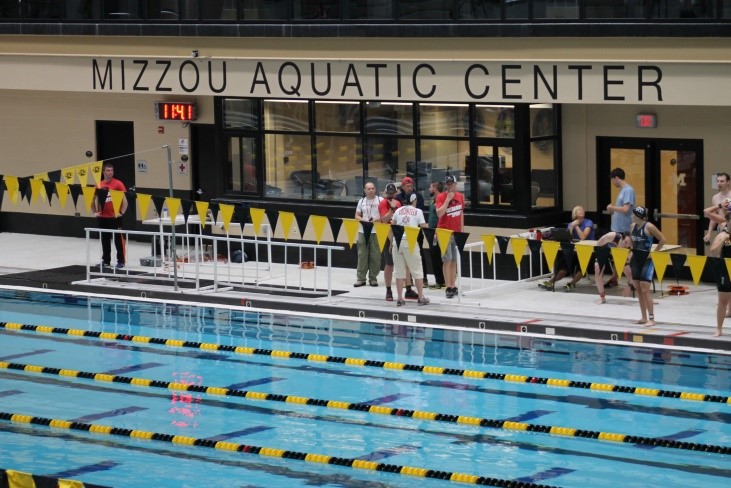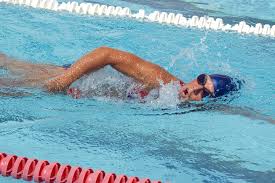5 Common Mistakes in the Pool Swim of a Triathlon

Want to prevent fellow triathletes from becoming annoyed with you during a race? Avoid these mistakes commonly made during a pool swim.
From my experience with sprint triathlon, here are the top five mistakes, in no particular order, that occur doing a pool swim:
- Reporting too aggressive or conservative pace/time
This mistake most often occurs during registration when you are asked to provide an estimate of the time that it will take to complete the swim. You definitely do not want to be swimming with triathletes who are significantly faster or slower than you.
If you are worried about the registration filling before you can time your swim, give your best estimate. Then, after later measuring the time, contact the race organizer to make any correction.
In many cases, you will also have opportunity on race day to make any correction. You will likely be asked to line up with those of similar pace (if the start is one at a time) or to join a group with those of similar speed (if swimmers start in a group, typically of five or six) .
Just don’t make the mistake on race day.
- Starting too fast
With adrenaline rushing and the crowd roaring (even a small crowd can be deafening in an indoor pool), it is tempting to start swimming too fast too soon causing your heart rate to spike or breathing to become difficult. The next thing you know, you are swimming much slower than planned or even stopping to catch your breath. Better to start out at what you consider to be a bit slower that you think you should until you are in a rhythm. Once your breathing is at a normal race pace and you are ‘warmed up, give it your all.
- Not drafting, if it is possible
Drafting is considered by many to be one of the keys to conserving energy during the swim while at the same time turning in a respectable (for you) time. The problem with drafting is that it can be difficult to practice unless you swim with a group.
To take advantage of drafting, swim with your hands just behind the feet of the person in front of you. (Avoid touching their feet which sends the message that you want to pass them.)
- Not staying in your space
This is especially important when swimming in the same lane as one or more athletes and remaining in the same lane during the entire swim. Stay on your side (usually the right side) of the lane. You do not want to be the cause of a head-on crash.
Even if the swim involves a single length of each of several lanes in a Z-pattern, stay to the right as a matter of courtesy to faster swimmers. You will appreciate this if you are the faster swimmer.
- Not allowing faster swimmers to pass when they let you know that they want to
Another courtesy to fellow racers is to allow faster swimmers to pass. Let them pass as soon as possible once they have signaled that they want to do so. Typically, faster swimmers will tap one of the feet of the swimmer that they wish to pass. If you can, move to the right side of the lane to allow them to pass. In races in which the entire length of swim involves multiple laps within a given lane, it is typical for the racer who is being passed to pause at the end of a length. Allow the faster swimmer or swimmers to pass you, and then resume your swim.
What is your experience?
Have you identified other mistakes or have experience with those I have listed? Leave your comments below.
You may also be interested in these posts
- Triathlon Swim – How Does a Pool Swim Differ from Open Water?
- Advice for Swim Training from a Senior Triathlete

